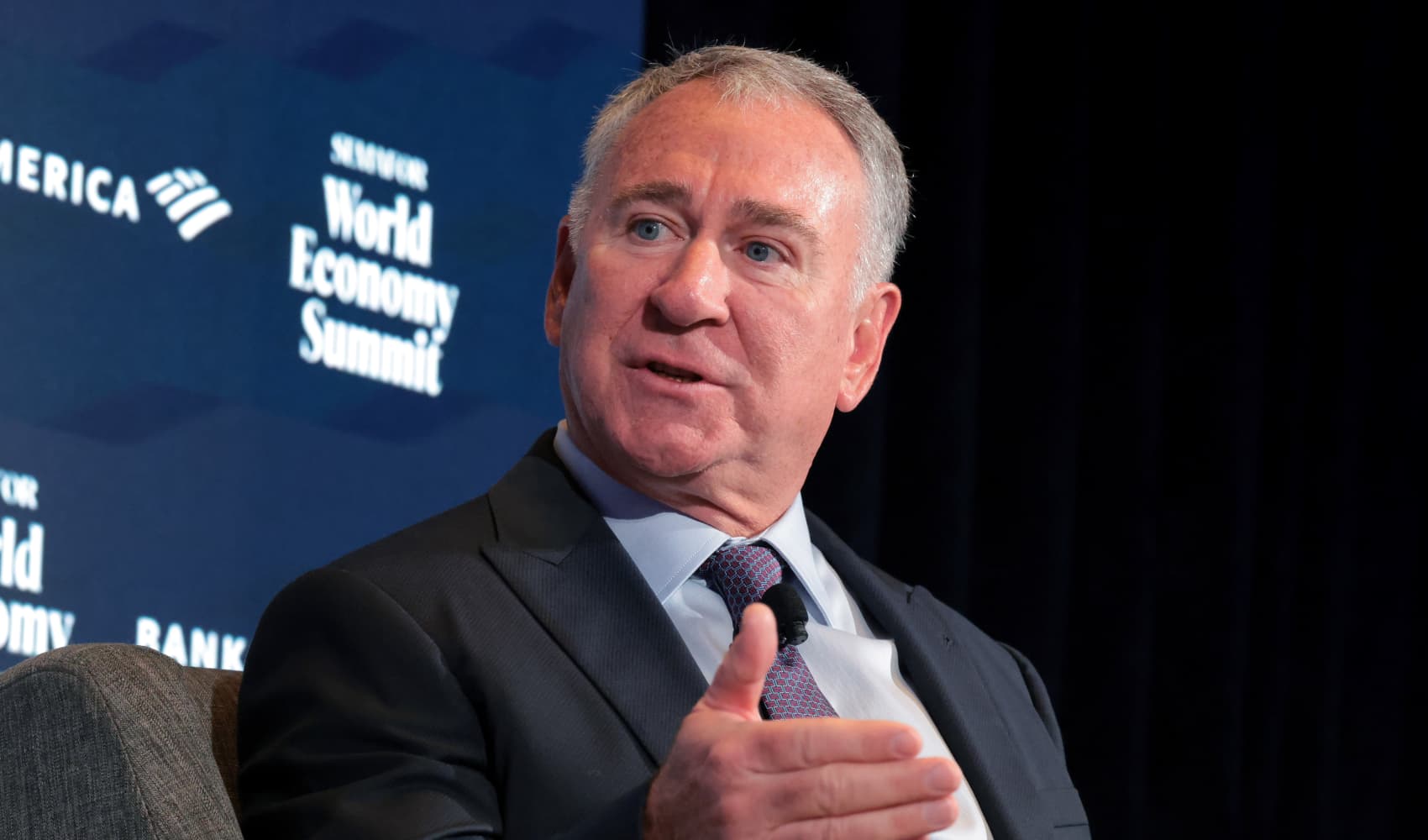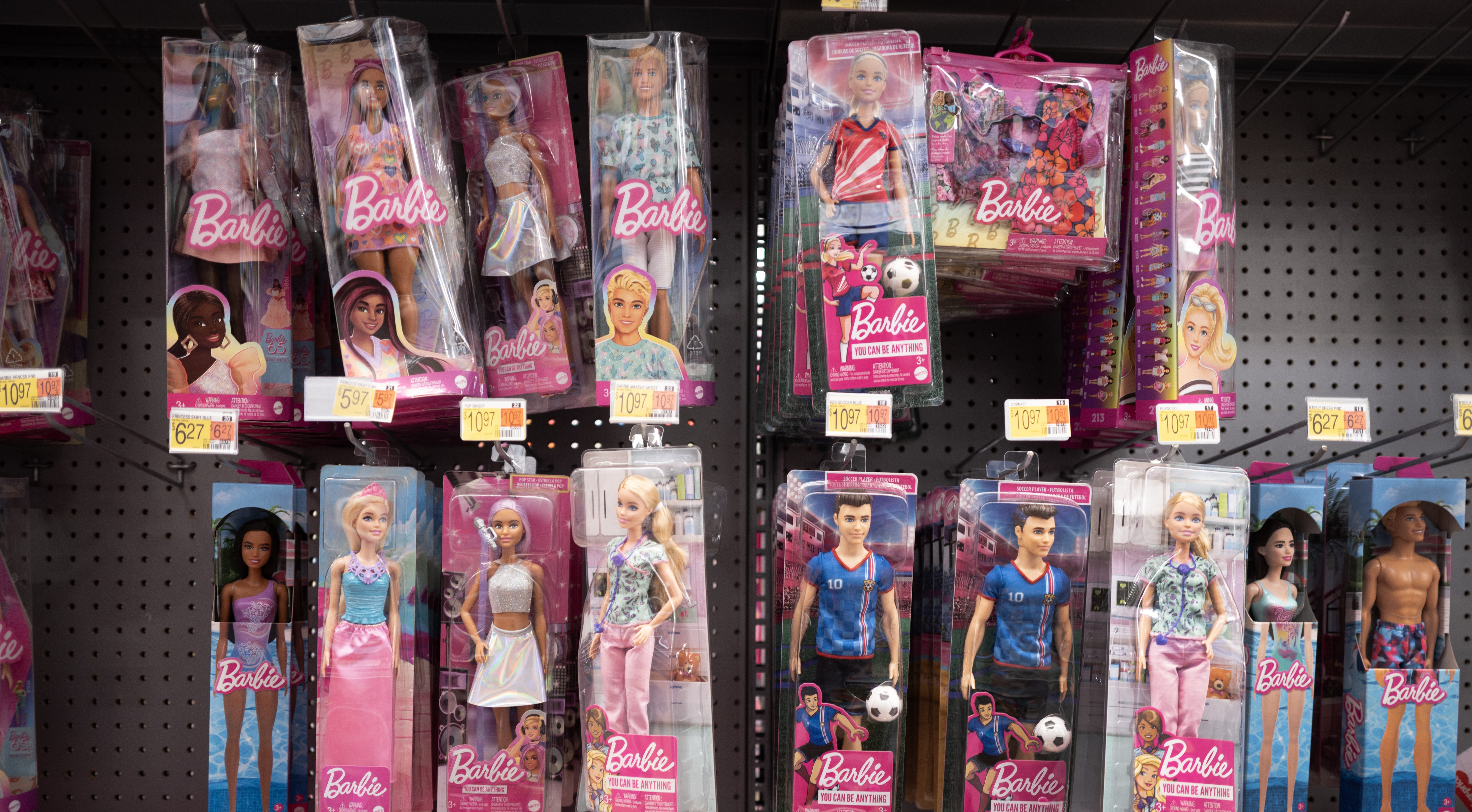Apple's Tariff Tangle: Will Cook's Strategy Save the Day?
Apple's Tariff Tightrope: Cook's Calculated Risks, Uncertain Future
Introduction: Navigating the Trade Winds
Apple, the behemoth of the tech world, a company known for its sleek designs and groundbreaking innovation. But even giants like Apple aren't immune to the ever-shifting sands of global trade. For months, investors held their breath, wondering how CEO Tim Cook would steer the Apple ship through the choppy waters of tariffs imposed during the Trump administration. The anxiety was palpable – could Apple, with its intricate global supply chain, weather the storm? Well, Cook has revealed his strategy, but the long-term forecast remains cloudy. The question isn't if tariffs will impact Apple, but how much and for how long.
Apple's Tariff Defense: A Limited Impact...So Far
So, how has Apple managed to navigate the tariff minefield? During an earnings call, Tim Cook revealed that the company experienced a "limited impact" from tariffs between January and the end of March. That's good news, right? Absolutely. But, as any experienced sailor knows, a calm sea doesn't guarantee a smooth journey. The key word here is "limited." What happens when the storm intensifies?
The $900 Million Question: Tariffs and the Bottom Line
Let's talk numbers. Cook projected that Apple is anticipating about $900 million in additional costs for the current quarter, which ends in June. That’s a hefty sum! Imagine having to find almost a billion dollars to simply offset costs – not for innovation, not for expansion, but simply to stay afloat in a world of trade wars. It makes you wonder, where will that money come from? Will it be absorbed by Apple, passed on to consumers, or squeezed from suppliers?
The June Deadline: An Uncertain Horizon
Adding to the uncertainty, Cook stated that he doesn't want to "predict the future because I'm not sure what will happen with tariffs," adding that "it's very difficult to predict beyond beyond June." This honesty is refreshing, but it also underscores the fundamental problem: nobody knows what the future holds. This lack of predictability creates a ripple effect throughout the entire supply chain, forcing Apple to play a reactive, rather than proactive, game.
The Trump Administration's Impact: A Whack of Unpredictability
Apple's predicament highlights a broader issue: even the best-managed companies can be caught off guard by sudden policy shifts. The Trump administration's shifting tariff rates and dates have created an environment of constant uncertainty. It’s like trying to build a house on quicksand - no matter how strong the foundation, the ground beneath you is always shifting.
Cook's Strategic Levers: How Apple Manages Tariffs (For Now)
So, how is Apple mitigating these risks? While Cook hasn't revealed all his cards, we can infer some of the strategies at play:
- Negotiating with Suppliers: Apple likely leverages its massive purchasing power to negotiate lower prices with its suppliers, absorbing some of the tariff costs.
- Optimizing the Supply Chain: Apple is constantly looking for ways to make its supply chain more efficient, reducing costs and minimizing the impact of tariffs. This might involve shifting production to different countries or finding alternative suppliers.
- Absorbing Some Costs: Let's face it, Apple has pretty healthy profit margins. They could absorb some of the tariff costs without significantly impacting their bottom line.
- Price Adjustments (Potentially): As a last resort, Apple could increase prices on some of its products to offset the tariff costs. No one wants to pay more for their iPhone, but it might become necessary.
Diversification: The Key to Long-Term Resilience?
One long-term strategy that Apple might be considering is diversifying its manufacturing base. Currently, a significant portion of Apple's production is concentrated in China. While this has been a cost-effective strategy in the past, it also makes Apple vulnerable to trade tensions. Shifting some production to other countries, like Vietnam or India, could mitigate this risk.
Moving Manufacturing: A Complex Undertaking
However, moving manufacturing isn't as simple as flipping a switch. It requires significant investment in infrastructure, training, and logistics. It also takes time to build up the necessary expertise and supply chains in new locations. Plus, moving away from China means sacrificing some of the efficiencies that Apple has cultivated over the years.
Innovation as Insulation: Can New Products Shield Apple?
Another potential strategy is to focus on innovation. By developing groundbreaking new products and services, Apple can create demand that transcends price sensitivity. In other words, if people are desperate to get their hands on the latest Apple gadget, they might be willing to pay a premium, even if it means absorbing some of the tariff costs.
The Innovation Imperative: Staying Ahead of the Curve
But staying ahead of the curve requires constant investment in research and development. It also requires a culture of innovation that encourages creativity and risk-taking. Can Apple continue to innovate at the same pace, even in the face of economic headwinds?
Beyond Hardware: The Growing Services Business
Apple's services business, which includes things like Apple Music, Apple TV+, and the App Store, is becoming increasingly important. These services are less reliant on physical manufacturing and therefore less susceptible to tariffs. As Apple continues to grow its services business, it can reduce its dependence on hardware sales and create a more resilient revenue stream.
Consumer Sentiment: Will Apple Loyalists Stay Loyal?
Ultimately, Apple's success in navigating tariffs will depend on consumer sentiment. Will Apple loyalists continue to buy Apple products, even if they become more expensive? Or will they switch to competing brands? The answer to this question is crucial.
The Power of the Brand: Apple's Competitive Advantage
Apple has a strong brand reputation and a loyal customer base. This gives it a significant competitive advantage. But brand loyalty can erode over time if consumers feel they are being taken advantage of. Apple needs to be careful not to push prices too high, or it risks alienating its customers.
Geopolitical Tensions: A Bigger Picture
It's impossible to discuss Apple's tariff challenges without acknowledging the broader geopolitical context. The trade war between the U.S. and China is just one symptom of a larger shift in global power dynamics. Apple, as a multinational corporation with significant operations in both countries, is caught in the middle.
Cook's Legacy: More Than Just a Tariff Tamer?
Tim Cook has proven to be a masterful operational leader, guiding Apple to unprecedented levels of success. But his legacy will ultimately be judged by his ability to navigate these geopolitical and economic challenges. Is he just a master tactician, or can he be a long-term strategist?
The Future of Apple: An Uncertain Trajectory
The future of Apple remains uncertain. While Cook has managed to mitigate the impact of tariffs so far, the long-term outlook is unclear. As trade tensions continue to simmer, Apple will need to adapt and innovate to maintain its competitive edge. One thing is certain: the next few years will be critical for Apple's future.
Conclusion: Navigating the Storm, One Wave at a Time
In conclusion, while Apple has demonstrated impressive resilience in the face of tariffs, the long-term picture remains hazy. Tim Cook's cautious optimism is understandable, but the unpredictable nature of global trade requires a proactive, rather than reactive, approach. Apple's ability to diversify its supply chain, drive innovation, and maintain consumer loyalty will be crucial in navigating the storms ahead. The $900 million tariff hit is a wake-up call, reminding us that even the mightiest ships can be tossed about by turbulent seas. Cook has steered the ship well so far, but the voyage is far from over.
Frequently Asked Questions (FAQs)
Here are some frequently asked questions about Apple and tariffs:
- How much is Apple currently spending on tariffs?
Apple projects about $900 million in additional costs for tariffs for the quarter ending in June, assuming no changes occur.
- Why is it difficult to predict the long-term impact of tariffs on Apple?
The constantly shifting nature of tariff rates and dates, particularly those stemming from the Trump administration, makes it challenging to forecast beyond the immediate future.
- What strategies is Apple using to mitigate the impact of tariffs?
Apple is likely negotiating with suppliers, optimizing its supply chain, absorbing some costs, and potentially adjusting prices on its products.
- Is Apple considering moving its manufacturing out of China?
Diversifying its manufacturing base by shifting some production to countries like Vietnam or India is a potential long-term strategy, though complex and time-consuming.
- How could tariffs potentially affect Apple customers?
While Apple may absorb some tariff costs, there's a possibility that consumers could see price increases on Apple products to offset these expenses.


